We travel back five decades for a decidedly personal, humanist, even brave to explore the challenges of the spiritual and physical endured by Jesus of Nazareth in The Last Temptation of Christ (1988). Directed by Martin Scorsese, the movie was inspired by the 1952 book The Last Temptation of Christ by Níkos Kazantzákis. Screenplay writing credits rest with Paul Schrader, with uncredited rewrite credits resting with Scorsese and Jay Cocks.

The movie itself opens with an account of Jesus that deviates dramatically from the tales shared of the holy man and the events surrounding his life as shared in the New Testament of the Bible. We first encounter Jesus, as portrayed by Willem Dafoe, in Judea. The carpenter’s son is confronted by Judas Iscariot, as portrayed by Harvey Keitel, with a mandate to murder his friend for collaborating with the Romans to crucify Jewish rebels. Judging the messianic path in front of Jesus, Judas declines the mandate and spares his friend, warning him away from harming the rebellion.

After being baptized by John the Baptist, as portrayed by Andre Gregory, and saving the prostitute Mary Magdalene, as portrayed by Barbara Hershey from a stoning, Jesus begins preaching in accordance with the visions he receives from God. A cursory telling of Jesus‘ preaching yields to a dramatized period of deprivation with temptation by Satan, portrayed in vocal form by Leo Marks. Having passed these tests, Jesus emerges from the desert and his nursed back to health by the sisters of Lazarus, namely Mary as portrayed by Randy Danson and Martha as portrayed by Peggy Gormley. Besides raising his health, the sisters encourage Jesus to follow the dictates of his flesh by settling down, getting married and having kids.

Lazarus, dramatized in being saved from death by Jesus, was portrayed by Tomas Arana. It is with his ministry reaching Jerusalem that the Cleansing of the Temple of Jerusalem followed by the betrayal of Jesus at Gethsemane is dramatized following a dramatized negotiation for such between Judas and Jesus. It is in the court of Pontius Pilate, as portrayed by David Bowie, that Jesus‘ remaining passion is decided, with the aforementioned arrest, visit to Pilate and subsequent whipping, humiliating walk through the streets and crucifixion.
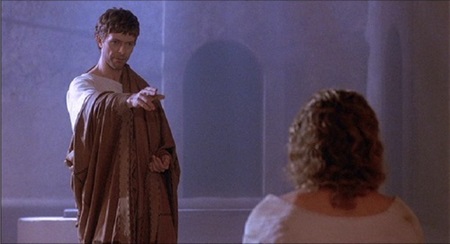
The steps in punishment meted out by the hand of Pontius Pilate are shown, with the story of the moment just before death introducing a new storyline at the moment just before death. A Girl Angel, as portrayed by Juliette Caton, representing herself as a Guardian Angel for Jesus indicates to the savior that he’s suffered enough. Oblivious to the crowd gathered at the crucifixion site, Jesus is taken away to marry Mary Magdalene as God has found pleasure with Jesus and wants him, Jesus, to be happy. This lasts until Magdalene abruptly dies, Jesus living with Lazarus‘ sisters into old age with children, and Paul as portrayed by Henry Dean Stanton proclaiming the resurrection. With the Siege of Jerusalem burning Jerusalem revealed to Jesus among other things, the story has Jesus realize this temptation was indeed a ruse by Satan. Crawling back to the crucifixion and begging to die per the original vision, the temptation of family, marriage and a burning city is rebuffed with Jesus‘ death.

The tug between the spiritual and the physical feels like the full value proposition that the film’s director, and the writers for the source book and the movie, had in mind. To say that exploring this point through the telling of this controversial temptation, as mentioned in the introduction to this summarization and review, was brave is perhaps the best light that I have to place on the emotions I experienced with my screening of the movie. While I understand the choices made in conveying the pull between the wants for spirituality and physicality, that exploration didn’t need to use the leader of what has been passed to us as Christianity to do so. I give The Last Temptation of Christ as directed by Martin Scorsese 3.5-stars on a scale of one-to-five.
Matt – Saturday, March 16, 2024







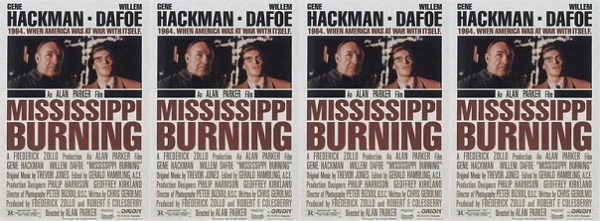





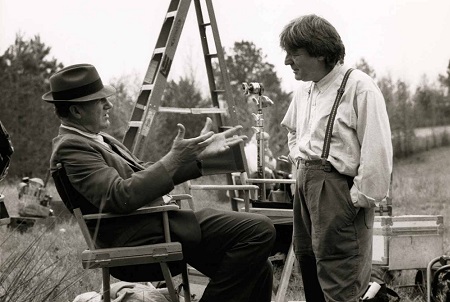
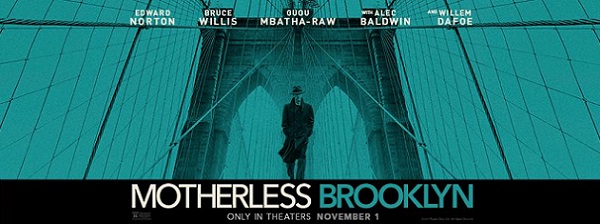
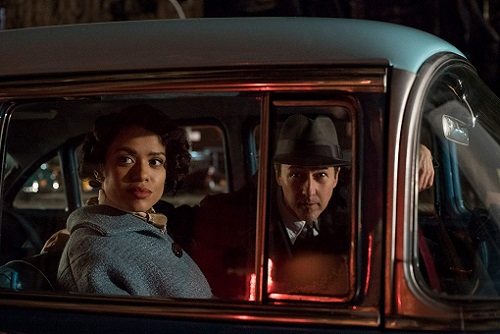 (Gugu Mbatha-Raw as Laura Rose, left, and Edward Norton as Lionel Essrog in the film Motherless Brooklyn).
(Gugu Mbatha-Raw as Laura Rose, left, and Edward Norton as Lionel Essrog in the film Motherless Brooklyn).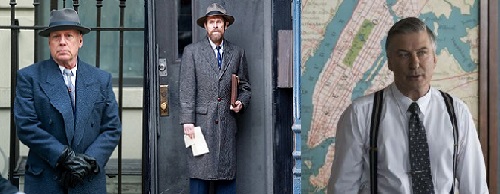 (Bruce Willis as Frank Minna, left, Willem Dafoe as Paul, center, and Alec Baldwin as Moses Randolph in the film Motherless Brooklyn).
(Bruce Willis as Frank Minna, left, Willem Dafoe as Paul, center, and Alec Baldwin as Moses Randolph in the film Motherless Brooklyn).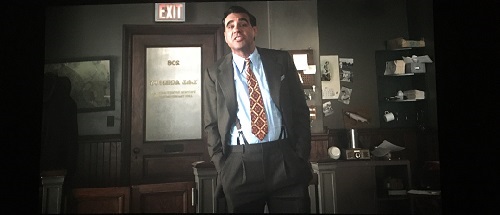 (Bobby Cannavale as Tony Vermonte in the film Motherless Brooklyn).
(Bobby Cannavale as Tony Vermonte in the film Motherless Brooklyn).
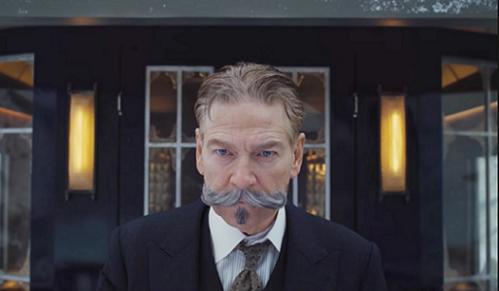 (Kenneth Branagh as Hercule Poirot)
(Kenneth Branagh as Hercule Poirot)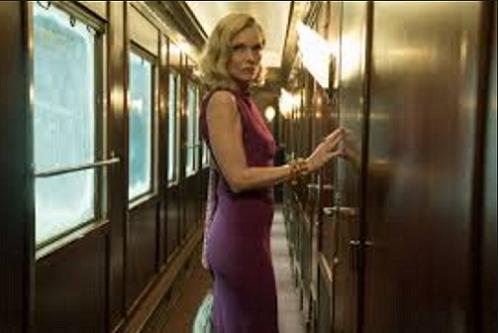 (Michelle Pfiefer as Caroline Hubbard)
(Michelle Pfiefer as Caroline Hubbard)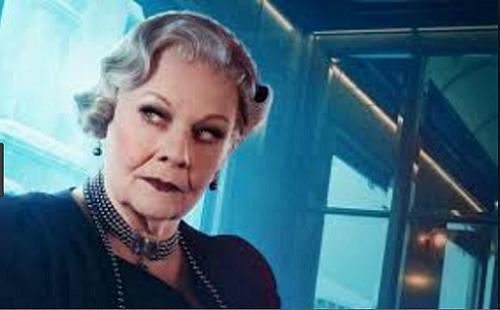 (Judi Dench as Princess Dragomiroff)
(Judi Dench as Princess Dragomiroff)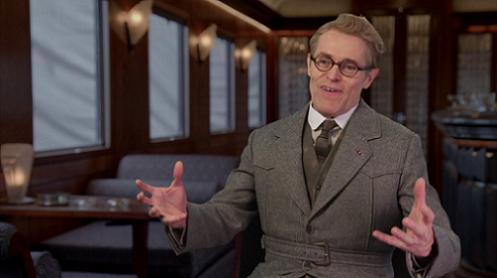 (WIllem Dafoe as Gerhard Hardman)
(WIllem Dafoe as Gerhard Hardman)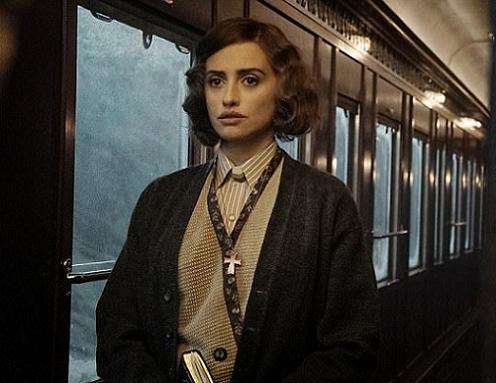 (Penelope Cruz as Pilar Estravados)
(Penelope Cruz as Pilar Estravados)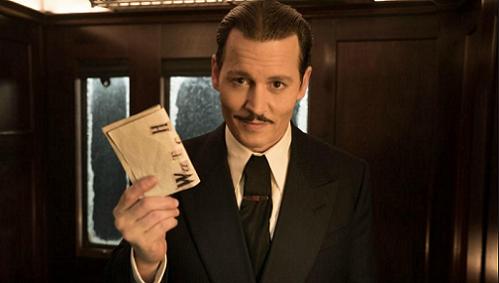 (Johnny Depp as Edward Ratchett)
(Johnny Depp as Edward Ratchett)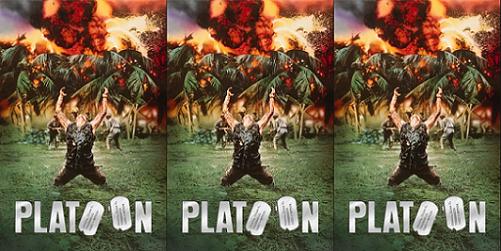
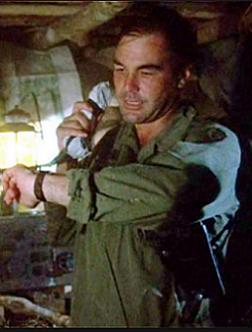 (Oliver Stone in cameo in Platoon)
(Oliver Stone in cameo in Platoon)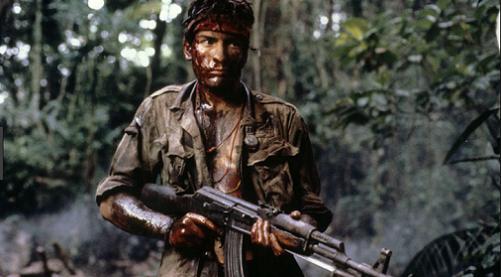 (Charlie Sheen)
(Charlie Sheen)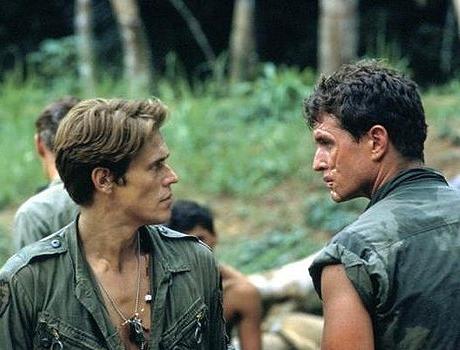 (Willem Dafoe, left, and Tom Berenger, right)
(Willem Dafoe, left, and Tom Berenger, right)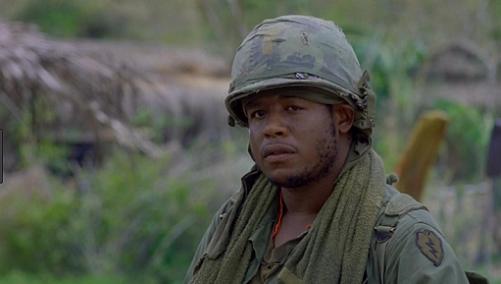 (Forest Whitaker)
(Forest Whitaker) (Keith David)
(Keith David)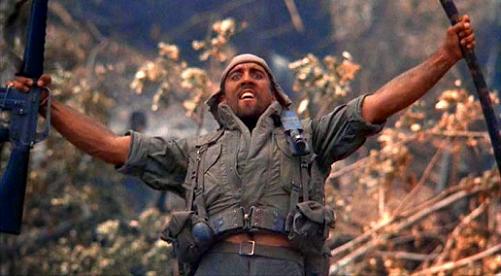 (Francesco Quinn)
(Francesco Quinn)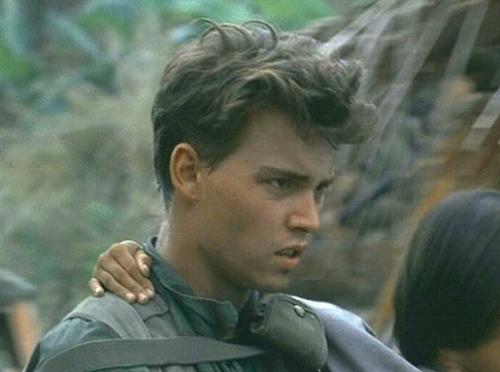 (Johnny Depp)
(Johnny Depp)